Fire Emblem is a popular tactical fantasy game and one of Nintendo’s most beloved series. The mainline games all utilize a turn-based system of fighting with limited money and resources, but the iconic permadeath feature is what truly ups the stakes with each battle. It’s the player’s job to stay alive, build a reliable army, and lead them to victory over those who oppose them.
With Fire Emblem Engage as the newest addition to the series, there are currently 14 mainline titles, five spin-offs, and three remakes. This also includes a few titles that have never been released outside of Japan.
Every Fire Emblem game from oldest to newest
1) Shadow Dragon and the Blade of Light (1990)
The very first Fire Emblem game to kick off the series, Shadow Dragon and the Blade of Light, was released exclusively in Japan in 1990. This is where Marth, one of the most well-known Fire Emblem lords, makes his first appearance and is tasked with saving his kingdom—a recurring theme across the series.
The remake, Shadow Dragon, was released later in 2008 in Japan and in 2009 for fans overseas. In addition to the story from the original version, the remake includes newer features such as difficulty settings to make it easier for players who are new to the series.
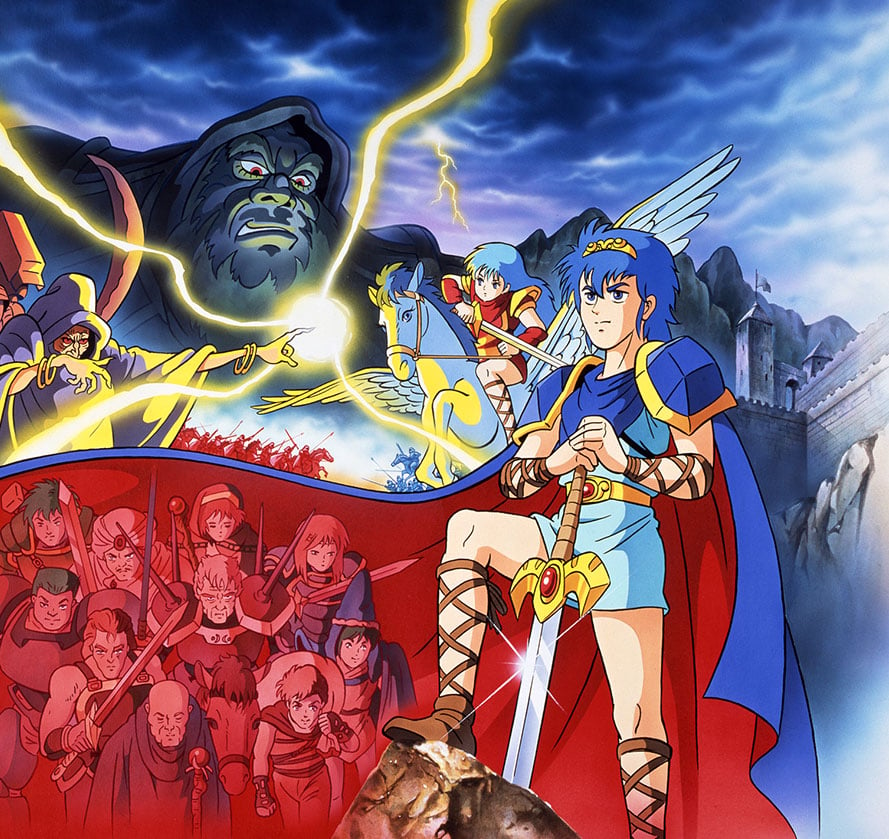
2) Gaiden (1992)
In 1992, Fire Emblem Gaiden followed up the first title with similar gameplay and a new twist—rather than controlling a single army, the player is responsible for two separate armies on two different paths led by Princess Celica and villager Alm. The two storylines eventually bring Celica and Alm together to take down Duma and unify Valentia. It took a while, but Gaiden was eventually remade in 2017 as Echoes: Shadow of Valentia in 2017 for the Nintendo 3DS with updated character designs, new scenes, and more.

3) Mystery of the Emblem (1994)
Marth’s journey continued with Mystery of the Emblem in 1994, which includes the same events from Shadow Dragon and the Blade of Light in Book One and expands on that story with Book Two. After being defeated in Book One, Gharnef and Medeus return in Book Two to corrupt Marth’s ally, Hardin. The lord takes matters into his own hands to set Hardin free and defeat Gharnef and Medeus once more. Book Two was remade as the Japanese-exclusive New Mystery of the Emblem in 2010.
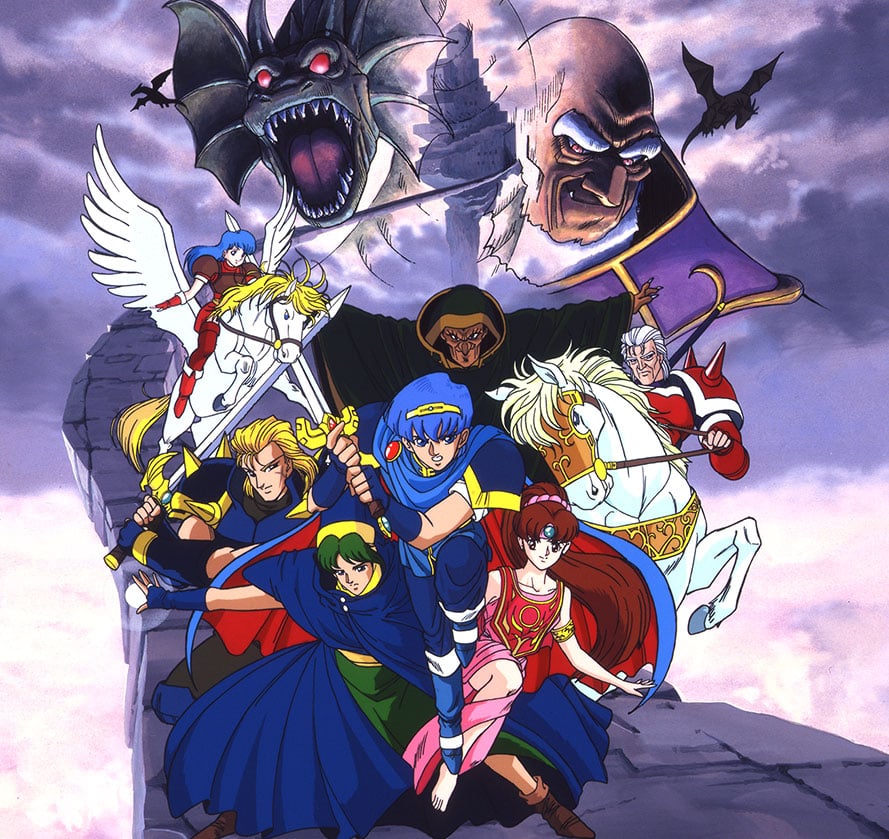
4) Genealogy of the Holy War (1996)
Similar to Mystery of the Emblem, 1996’s Genealogy of the Holy War is split into two parts. The first part follows Sigurd in his attempt to protect the Kingdom of Grannvale. After he’s killed by Arvis, Sigurd’s son, Seliph, takes over in the second half of the game to free Grannvale from tyranny. This title is notable for introducing the basic Fire Emblem weapon triangle used in the games that followed.
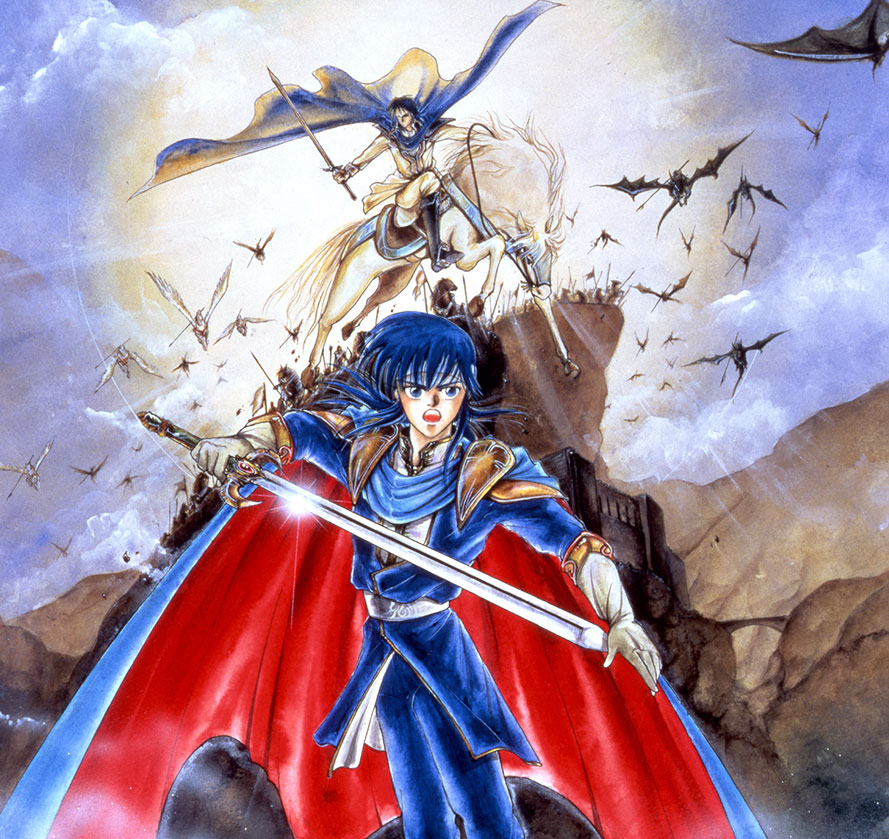
5) BS Fire Emblem (1997)
BS Fire Emblem was released in Japan via satellite as a series of four playable episodes in 1997. The episodes collectively served as a prequel to Shadow Dragon and the Blade of Light and Mystery of the Emblem. They are also included as a bonus in the remake of Mystery of the Emblem.
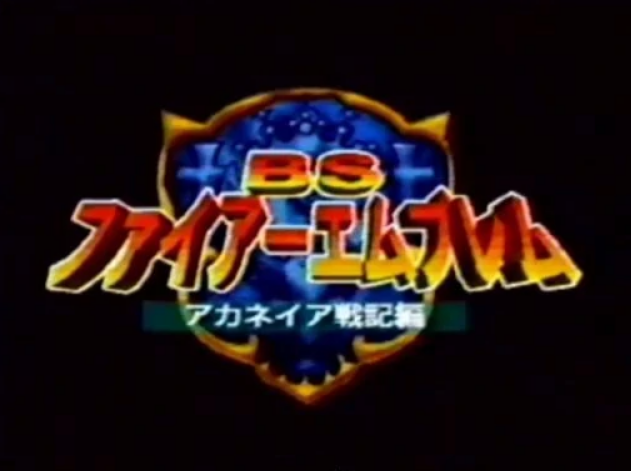
6) Thracia 776 (1999)
Released in 1999, Thracia 776 expands on the storyline from Genealogy of the Holy War. It takes place after Sigurd’s death and overlaps with Seliph’s journey, following Leif who is not only Seliph’s cousin but also a playable character from Genealogy of the Holy War. Like Seliph, Leif is a lord from the next generation of warriors fighting back against the imperial army taking over the continent.

7) The Binding Blade (2002)
Roy, another iconic Fire Emblem character, made his series debut in The Binding Blade in 2002. He leads his army to stop the Kingdom of Bern from disturbing the peace in their continent. Interestingly enough, Roy’s character was actually introduced in Super Smash Bros. Melee in 2001 before his first appearance in a Fire Emblem game. And to top it off, Roy and Marth’s appearances in Melee were successful in drawing global attention to the Fire Emblem series as a whole.
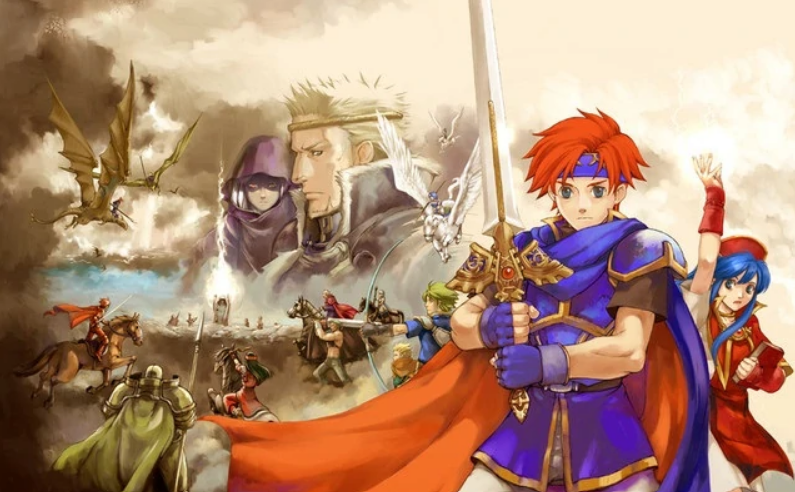
8) The Blazing Blade (2003)
As its title might suggest, The Blazing Blade is connected to The Binding Blade, serving as a prequel. Since it’s set 20 years prior to the events of The Binding Blade, the prequel revolves around Roy’s father, Eliwood, along with two other lords, Hector and Lyn. This was the first title in the Fire Emblem series to finally make it overseas in 2003.
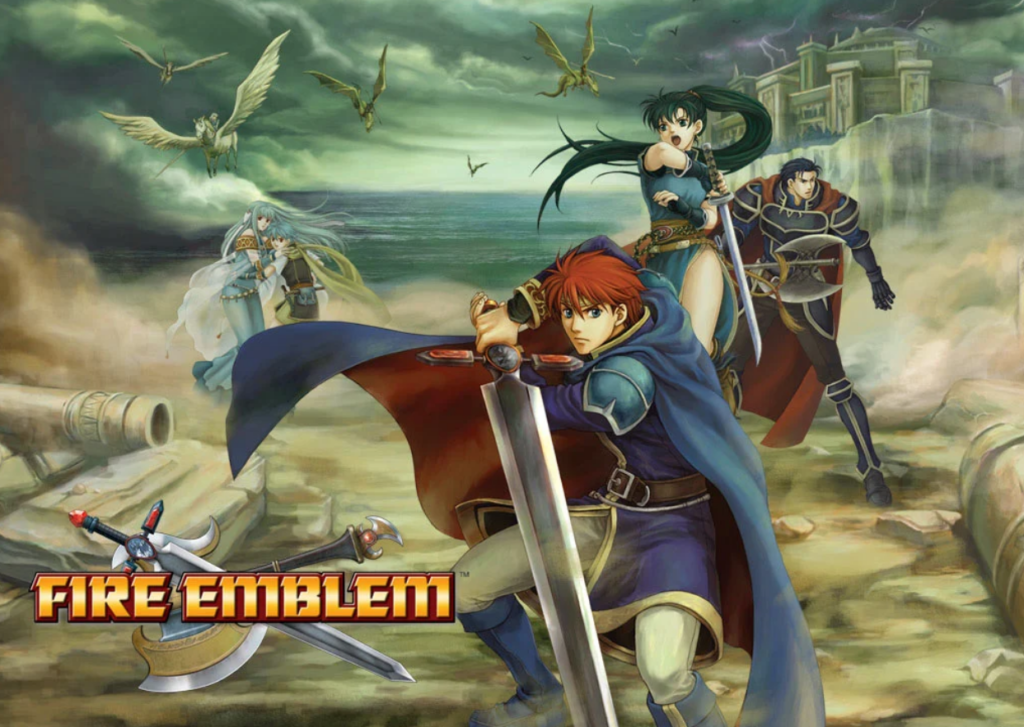
9) The Sacred Stones (2004)
The Sacred Stones, released in 2004, follows a set of twins in their efforts to save the Sacred Stones from the Grado Empire. The twins, Eirika and Ephraim, embark on separate journeys to cover more ground across the continent before their paths join back together to defeat Lyon and the Demon King.
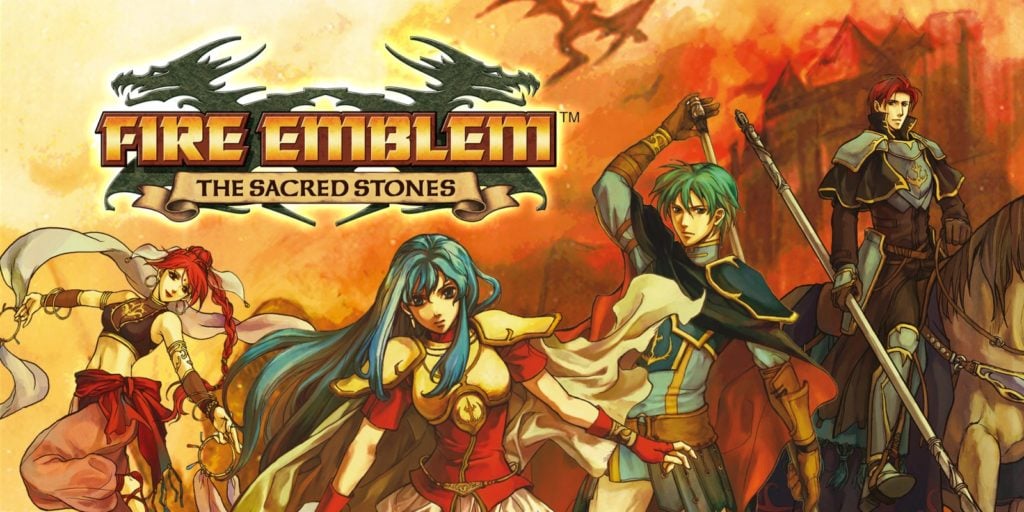
10) Path of Radiance (2005)
Ike takes the lead in 2005 with Path of Radiance where he teams up with Elincia, the Princess of Crimea, to stop Daein’s invasion and make peace between Beorc and Laguz. With Ike as a mercenary, Path of Radiance makes history as the first Fire Emblem game in which the protagonist does not come from nobility.
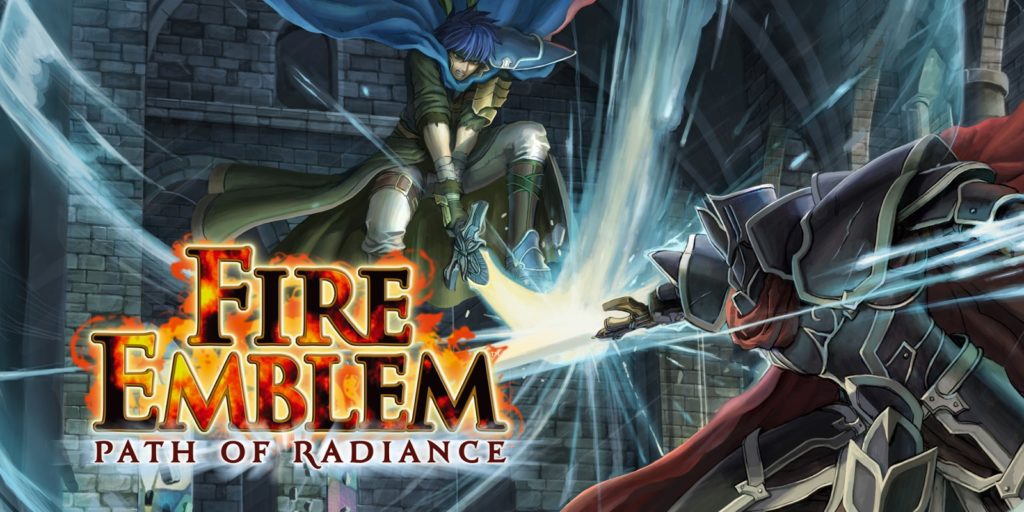
11) Radiant Dawn (2007)
Set three years later in the same continent as Path of Radiance, Radiant Dawn is the 2007 sequel that continues the story started by Ike and Elincia. The two still serve as main characters alongside Micaiah as they face a new threat in the Begnion army and seek to free Daein from its control.
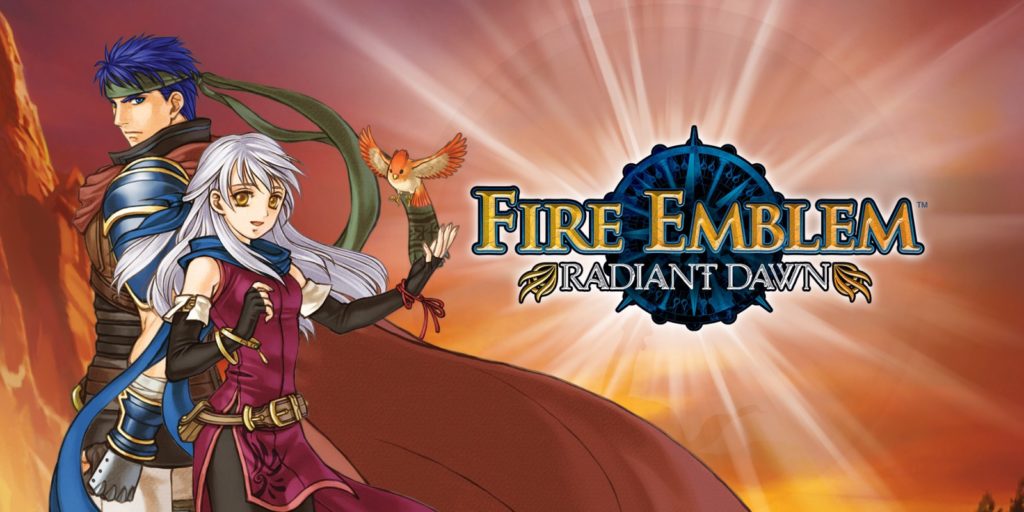
12) Awakening (2012)
After a bit of a break in the mainline games, Fire Emblem came back in 2012 with Awakening where the player actually gets to create and customize one of the main characters. That character serves as the tactician of Chrom’s army, which is a very fitting role considering the player is the one in charge of strategically moving each unit in battle.
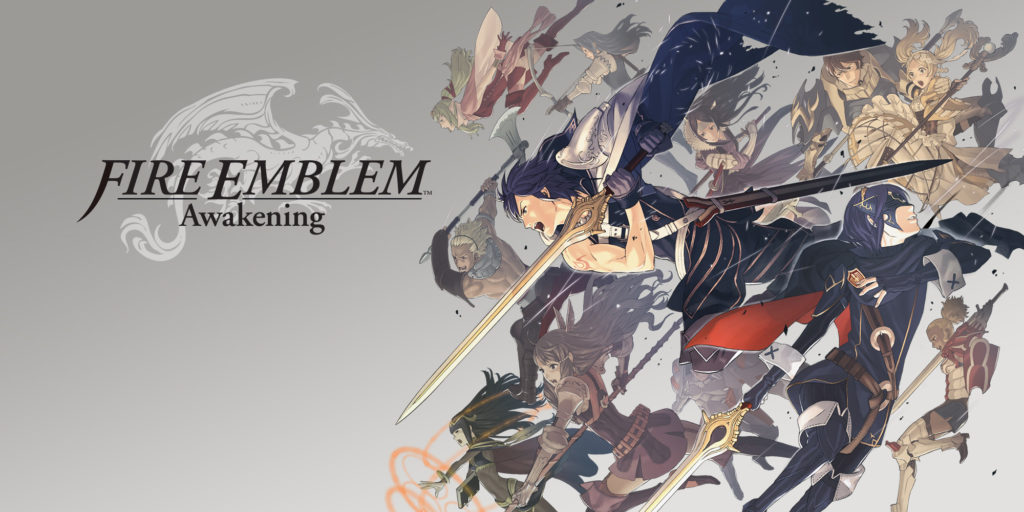
13) Fates (2015)
In 2015, Fates put players in an incredibly difficult situation. As Corrin, who was born to the royal family of Hoshido but raised by the royal family of Nohr, the player is forced to choose which kingdom to side with and which one to fight against—creating three paths with very different outcomes. Corrin will side with Hoshido in Birthright, while they’ll side with Nohr in Conquest. The third path, Revelation, allows Corrin to bring the two kingdoms together.
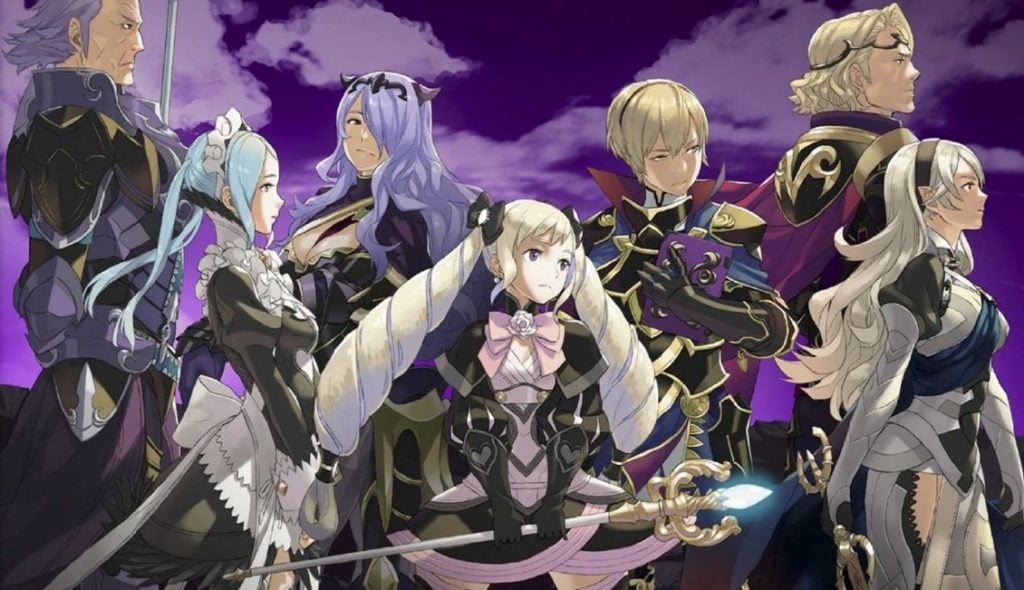
14) Tokyo Mirage Sessions ♯FE (2015)
In more recent years, the Fire Emblem series has expanded beyond the mainline games with a handful of spin-offs. Tokyo Mirage Sessions ♯FE is a crossover between Fire Emblem and Shin Megami Tensei that was first released in 2015. Although the gameplay is different from traditional Fire Emblem, the battles are still turn-based, and the Mirage characters are based on memorable faces from the series like Chrom and Tharja from Awakening.
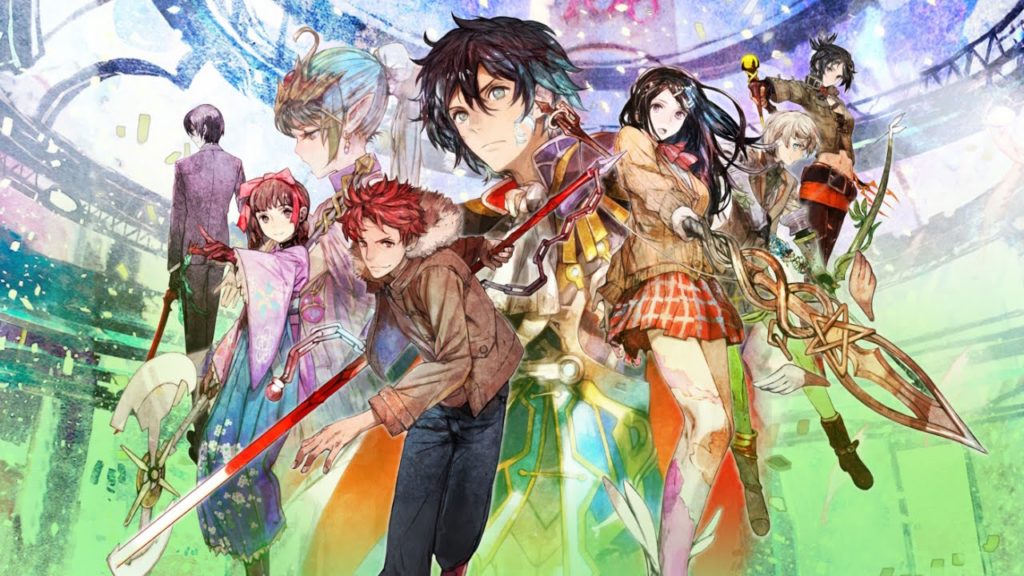
15) Heroes (2017)
Fire Emblem finally made its way to the mobile side of gaming with Fire Emblem Heroes in 2017. Like many popular mobile games, Heroes is free-to-play with optional purchases to fill your army with characters from various Fire Emblem titles. While it retains the classic turn-based gameplay, there is also a huge emphasis on character collection like other gacha games.
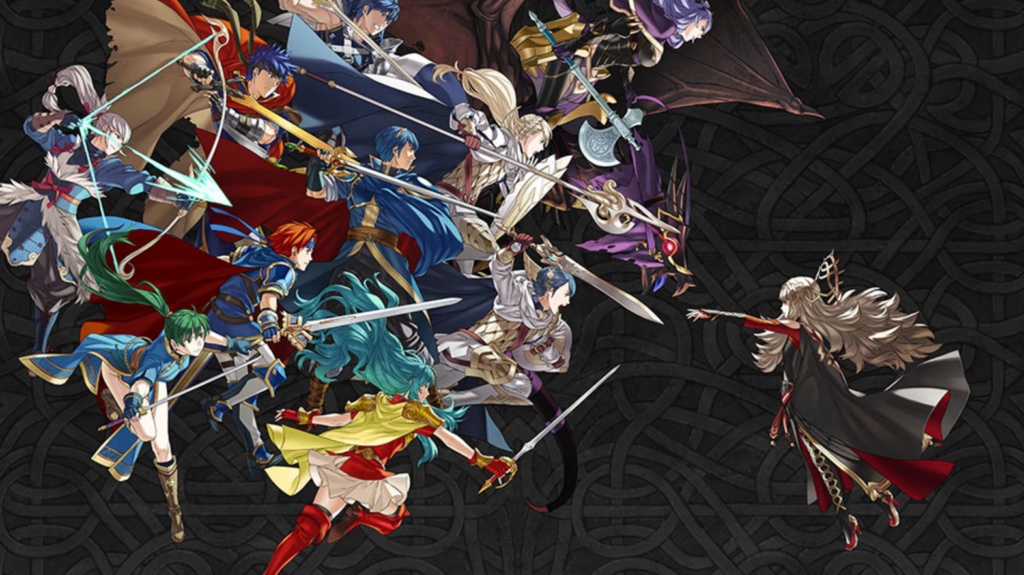
16) Warriors (2017)
In addition to mobile games, the series also extended its reach to the hack-and-slash genre with Fire Emblem Warriors in 2017. Rather than relying solely on strategy, Warriors is all about running around the battlefield and fighting enemies as they come. Two new characters, Rowan and Lianna, team up with older characters from titles like Awakening and Fates to stop Oskar and Velezark.
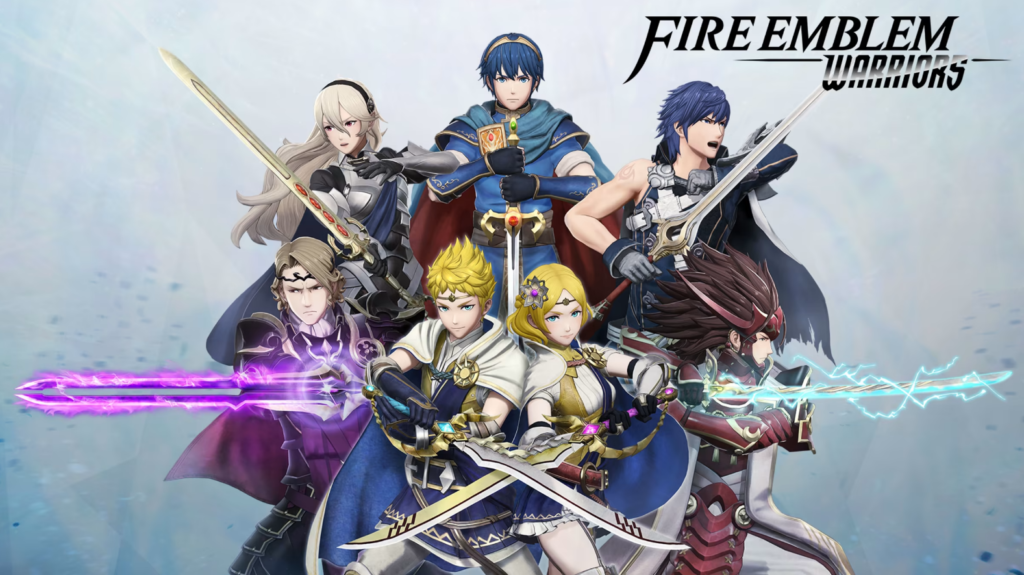
17) Three Houses (2019)
Similar to Fates, a big decision has to be made in Three Houses. Byleth starts out as the new professor at the Officers Academy and must choose which house to teach—the Blue Lions, Golden Deer, or Black Eagles. While this doesn’t seem like a big deal at the time, this decision dictates which side Byleth will be on once the war breaks out at the midpoint in the game. Regardless of where Byleth ends up, they will be forced to confront and fight against former students from the Academy.
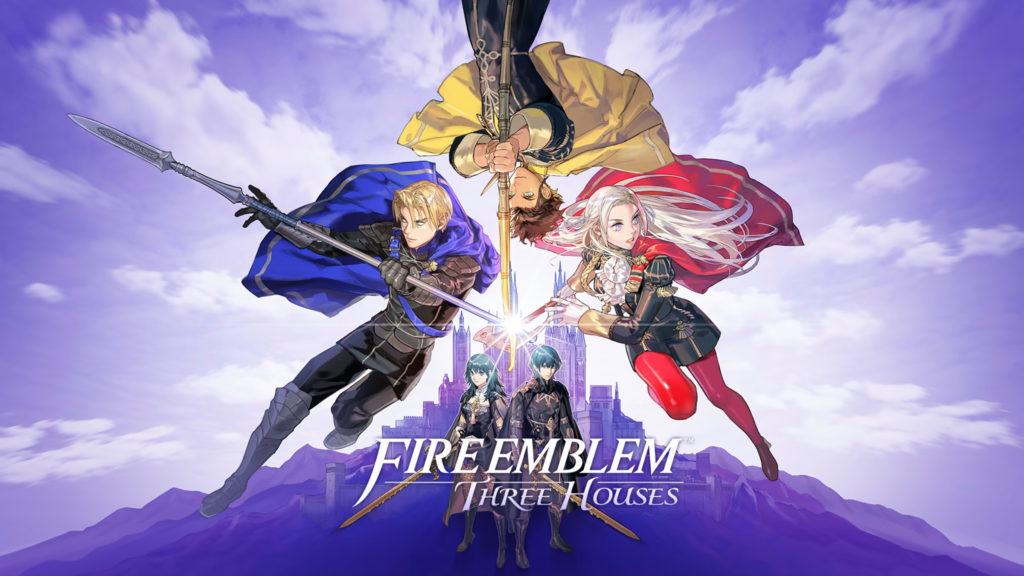
18) Warriors: Three Hopes (2022)
Fire Emblem Warriors: Three Hopes takes the setting and characters from Three Houses and puts them into the same hack-and-slash format as the original Warriors. Three Hopes features a new protagonist, Shez, along with an alternate timeline from Three Houses that also splits into three different stories. Perhaps the biggest difference in the alternate timeline is that Byleth goes from being the protagonist in Three Houses to the antagonist in Three Hopes.
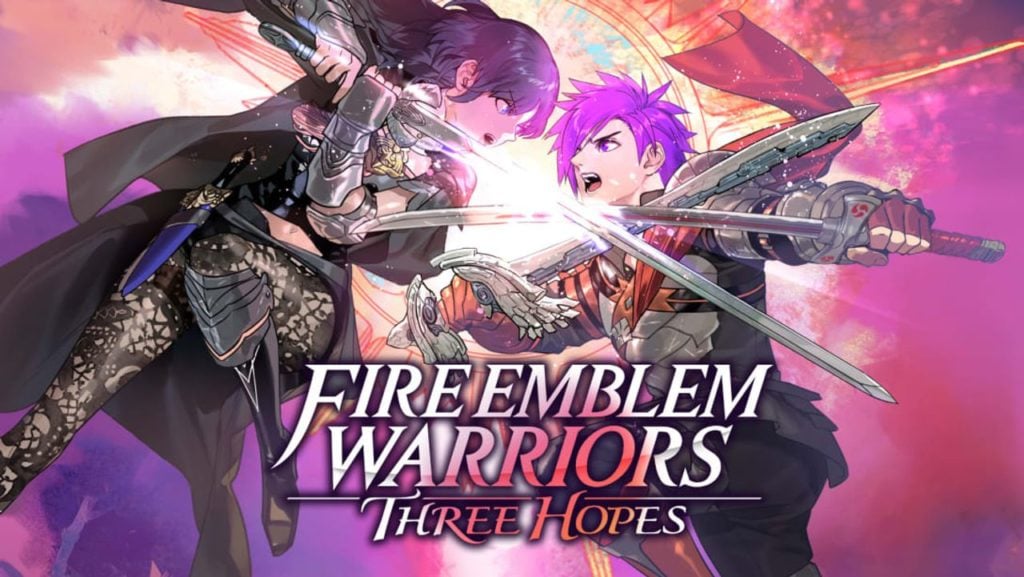
19) Engage (2023)
Engage is the newest title in the Fire Emblem series, and it ties together previous games in a unique way. With the existence of Emblem Rings, Alear and their allies are able to summon the spirits of past Fire Emblem protagonists like Marth and Celica. New and familiar faces all come together to stop the Fell Dragon’s plans and bring peace back to Elyos.
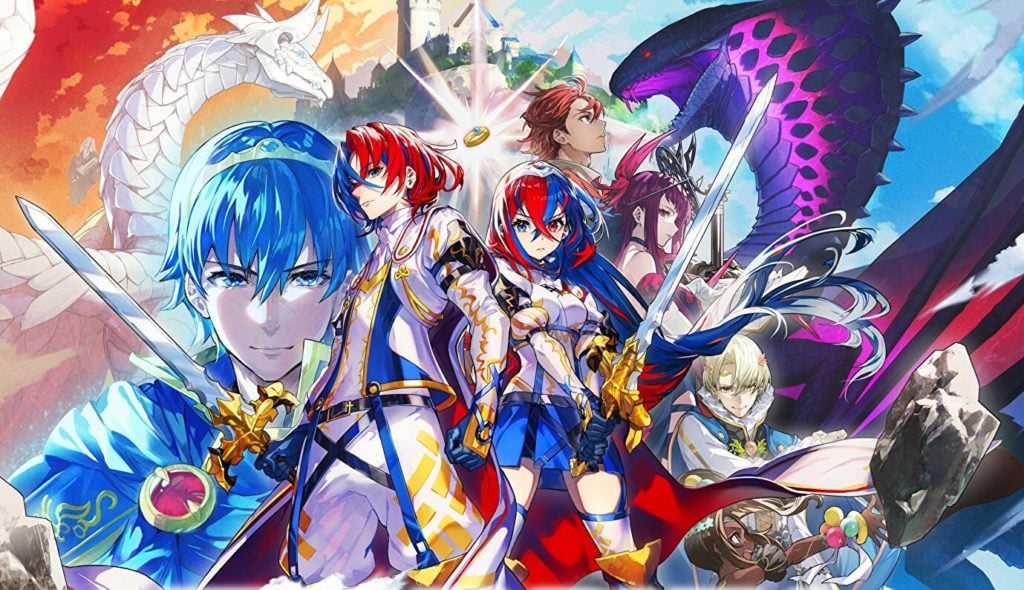


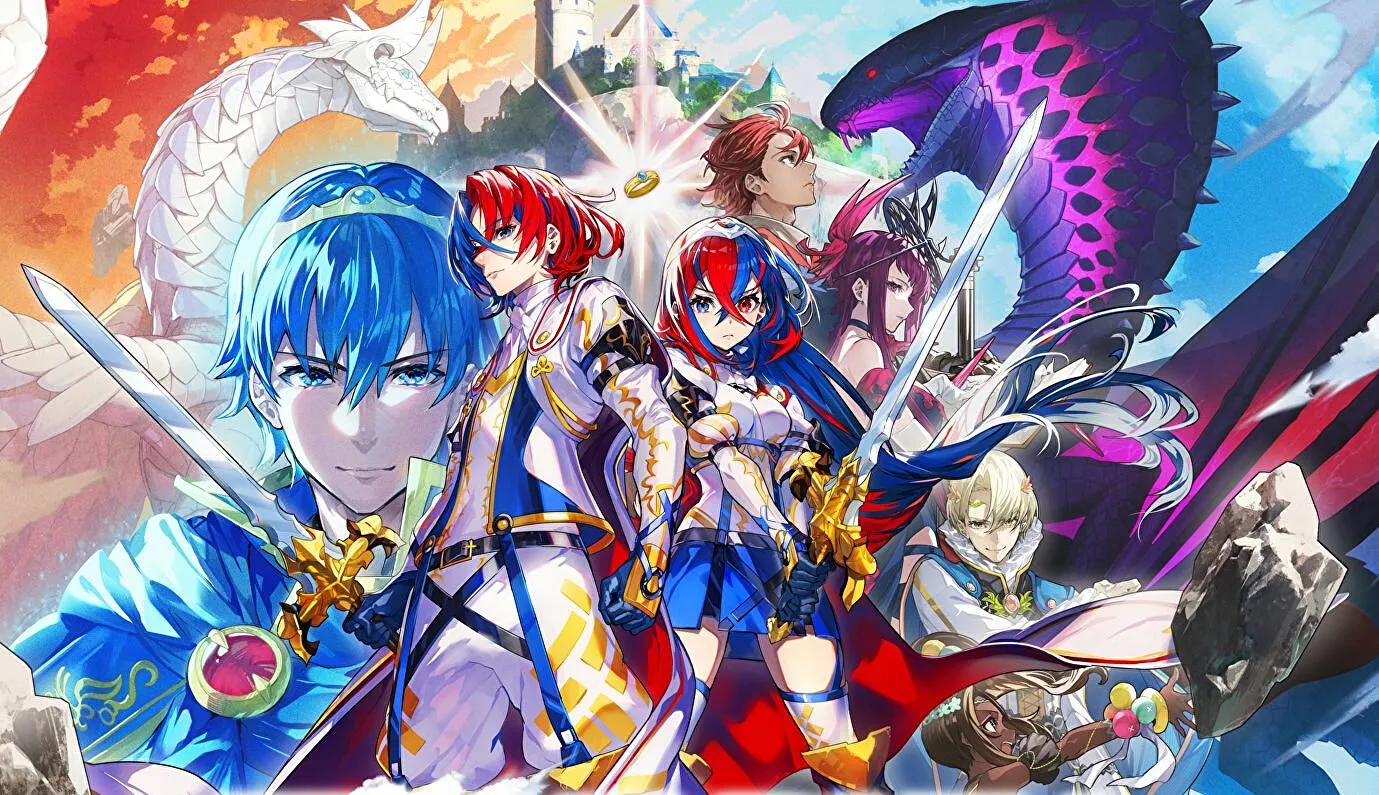
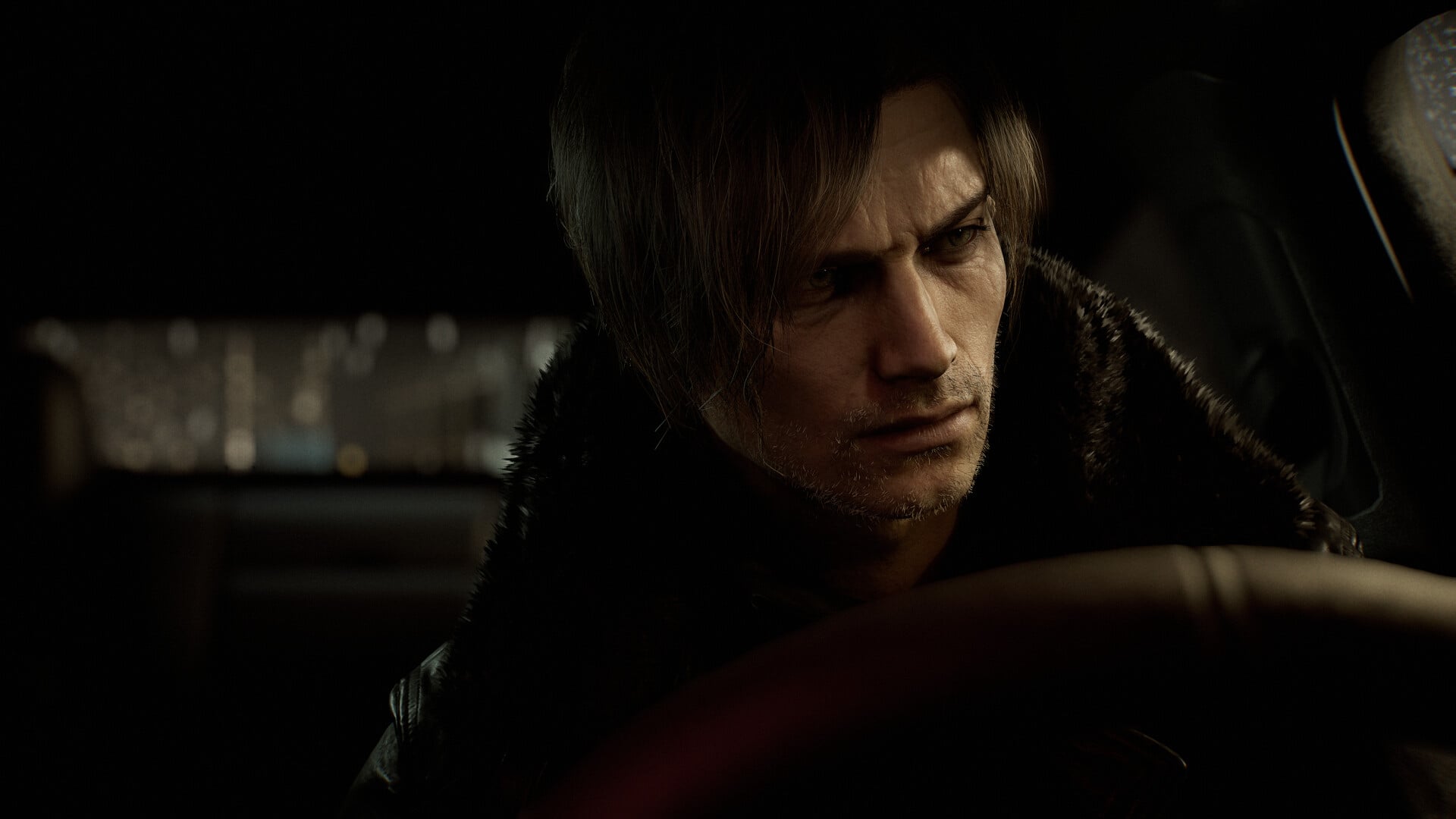
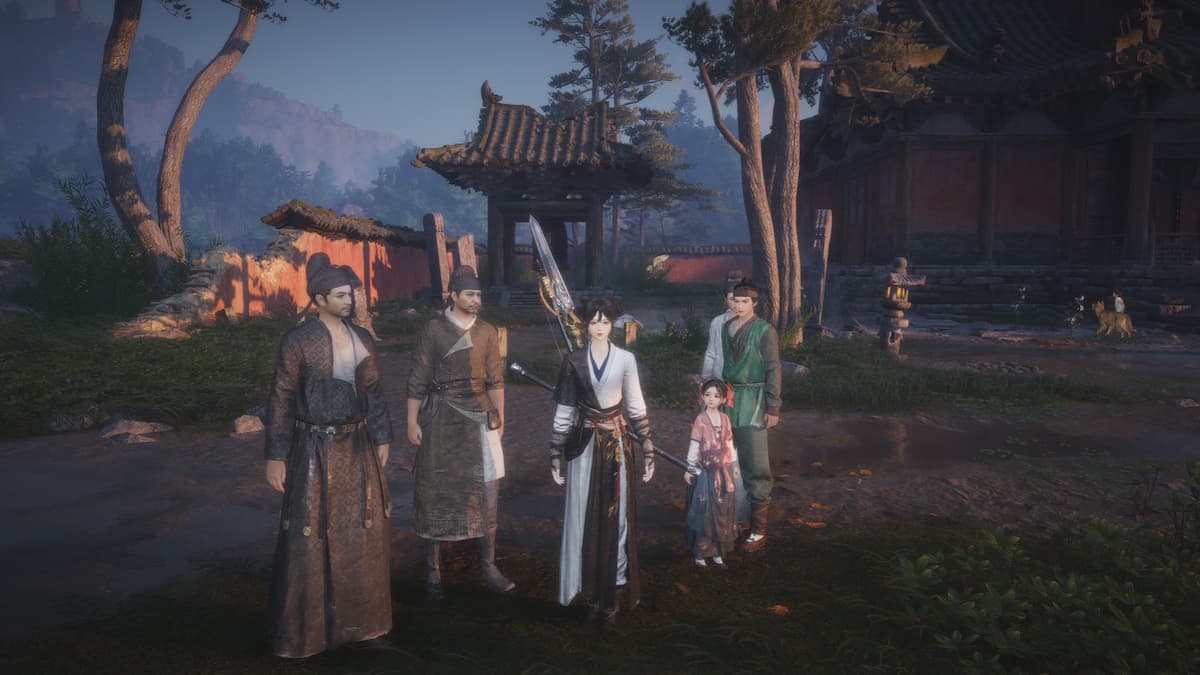

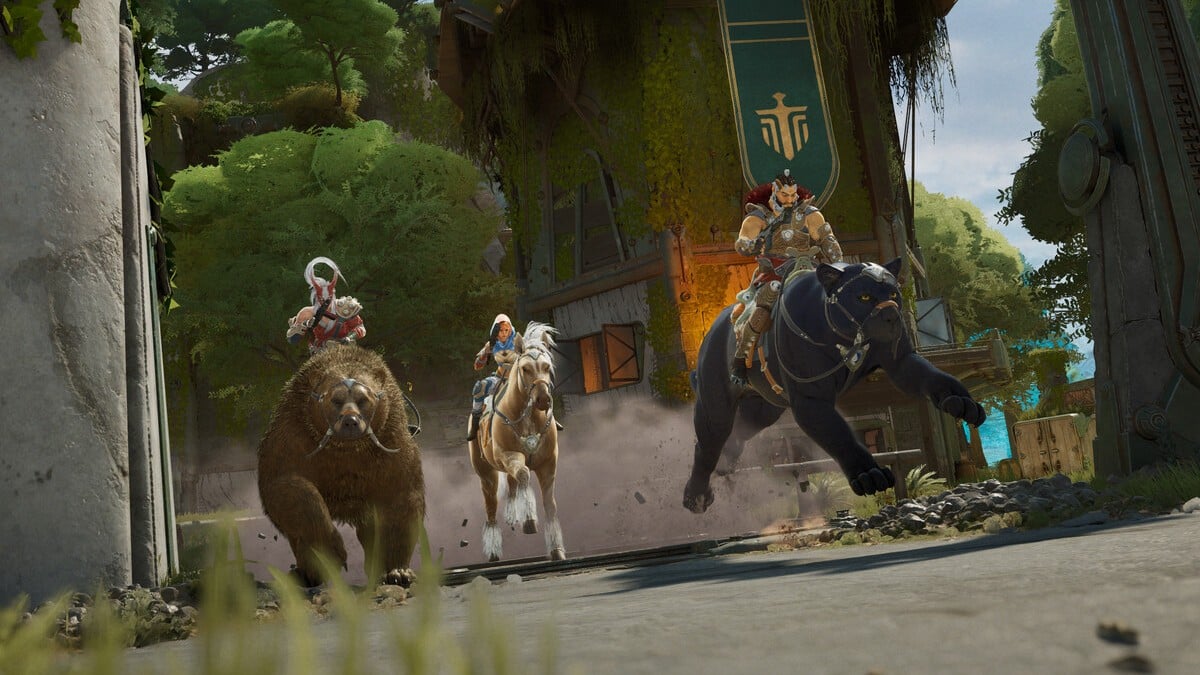
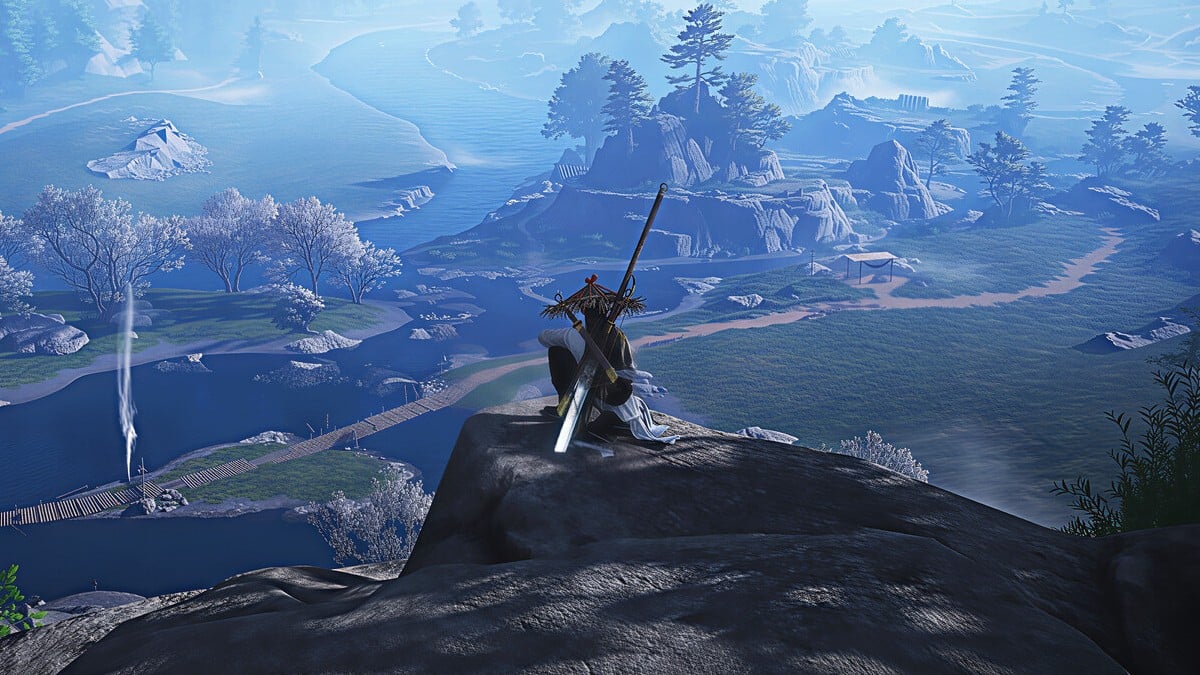
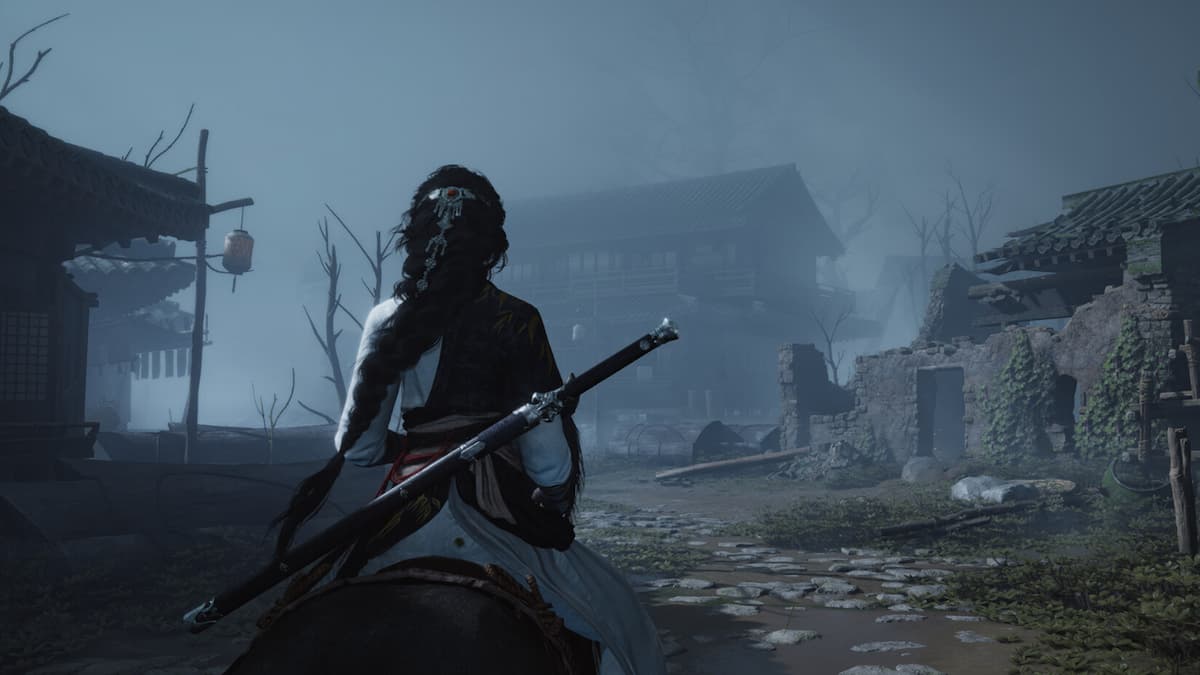

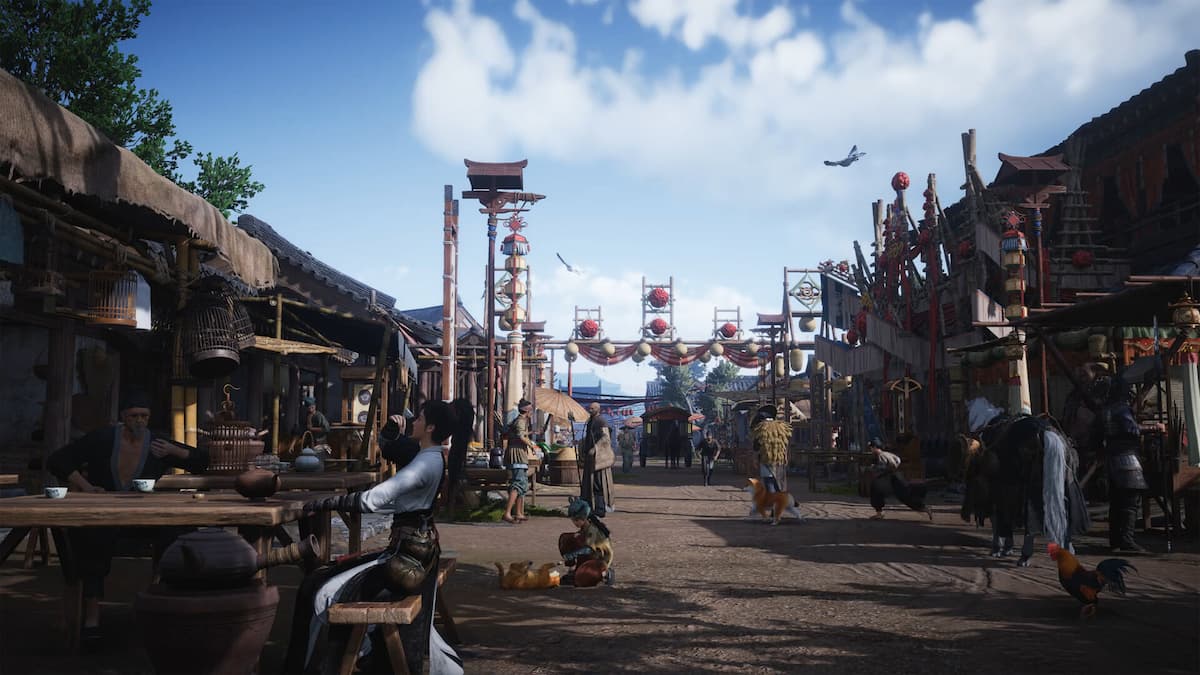
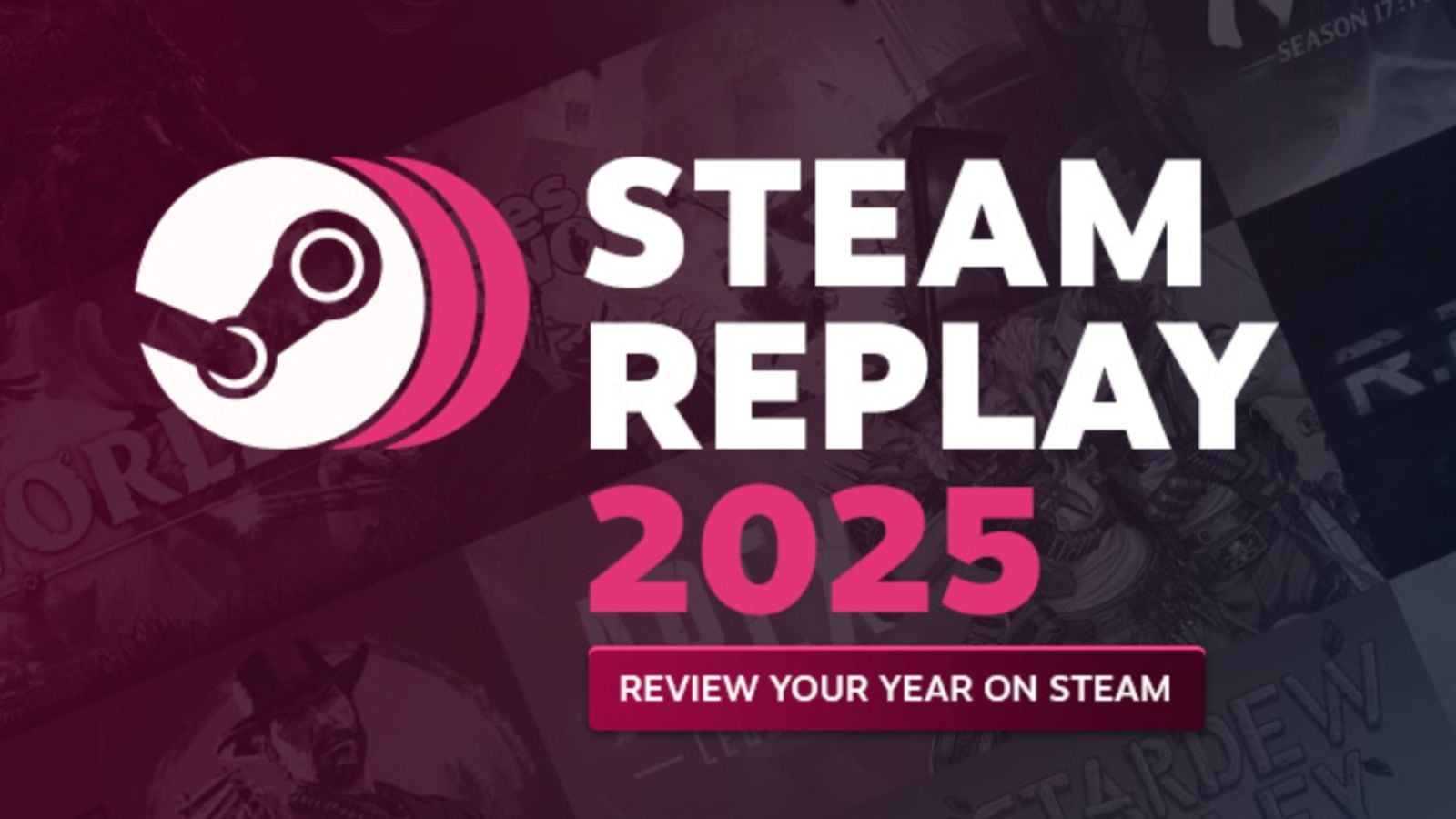
Published: Jan 22, 2023 11:20 am